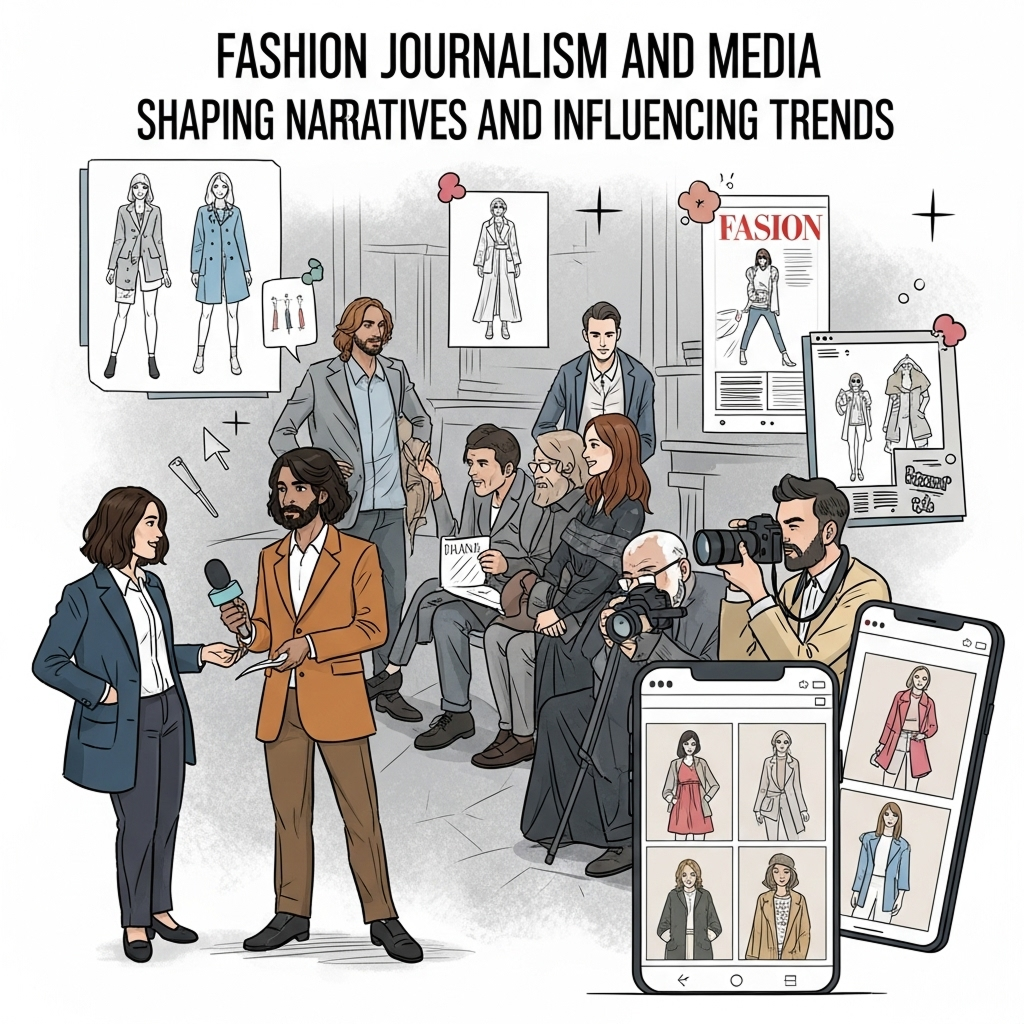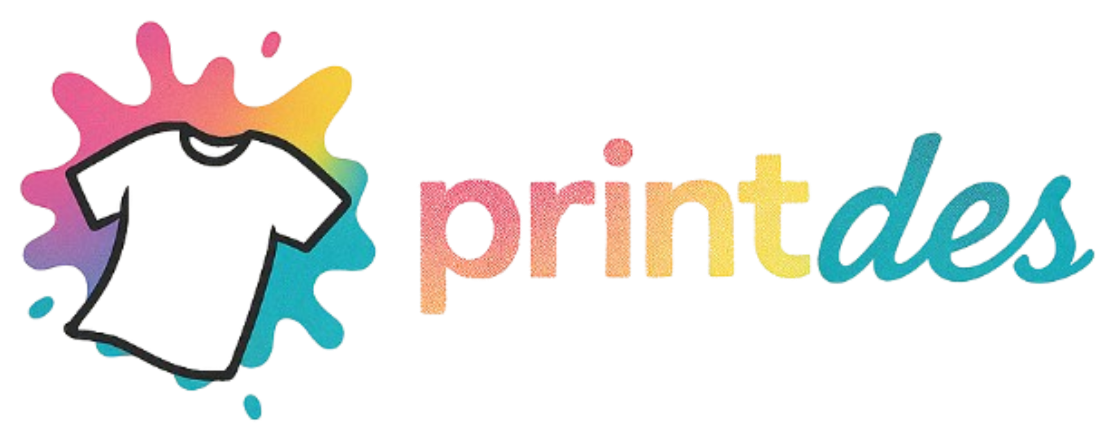Blog
Fashion Journalism and Media: Shaping Narratives and Influencing Trends

In the dazzling world of fashion, the spotlight often falls on the designers, the models, and the celebrities. Yet, behind the scenes, a powerful force meticulously crafts the narratives, dissects the collections, and ultimately influences what we wear and how we perceive style: fashion journalism and media. From the glossy pages of iconic print magazines to the rapid-fire updates of digital platforms and the curated feeds of social media, fashion media acts as the crucial bridge between the industry’s creative output and the global consumer. It’s a dynamic ecosystem that not only reports on trends but actively participates in shaping them, educating, inspiring, and sometimes even critiquing the very industry it covers.
The Genesis: Print’s Reign and the Rise of the Editor
For much of the 20th century, print magazines were the undisputed kings of fashion media. Publications like Vogue, Harper’s Bazaar, Elle, and W were not just magazines; they were cultural institutions. Their thick, aspirational pages dictated style, showcased haute couture, and celebrated the art of dressing.
Iconic Editors: Figures like Diana Vreeland at Vogue and Carmel Snow at Harper’s Bazaar were legendary. They were tastemakers, visionaries who possessed an uncanny ability to spot emerging talent and trends, often launching the careers of designers and photographers. Their editorial vision shaped not only the magazine’s content but also the broader fashion conversation.
Lavish Photoshoots: Print magazines were renowned for their elaborate, artistic photoshoots, often featuring supermodels and shot by world-renowned photographers. These images weren’t just about selling clothes; they were about creating dreams, inspiring aspiration, and elevating fashion to an art form.
Fashion Weeks and Collections: Magazines served as the primary conduit for reporting on the major fashion weeks in Paris, Milan, New York, and London. Their in-depth reviews and trend reports were eagerly awaited by industry insiders and fashion enthusiasts alike.
Newspapers: Alongside magazines, newspapers also played a role, with dedicated fashion sections offering practical advice, consumer guides, and coverage of local fashion scenes.
The Digital Revolution: Instantaneous Influence and New Voices
The turn of the millennium, particularly with the advent of the internet and later social media, ushered in a radical transformation for fashion media. The once-exclusive world of print began to democratize, giving rise to new platforms and voices.
Online Publications: Traditional print giants launched their digital counterparts, offering more immediate content, interactive features, and expanded global reach. Simultaneously, new, exclusively online publications and fashion blogs emerged, providing fresh perspectives, often more accessible language, and faster trend analysis. Sites like Style.com (now Vogue Runway) revolutionized runway coverage, making collections instantly available to a global audience.
Social Media: This has been the most disruptive force. Platforms like Instagram, TikTok, and Pinterest have become immensely powerful visual tools for fashion.
Rapid Trend Dissemination: Trends now spread globally at lightning speed, often originating from street style or niche communities before being picked up by designers.
User-Generated Content: Everyday individuals became content creators, showcasing their own styles, inspiring others, and creating a more democratic fashion landscape.
Direct Brand-Consumer Interaction: Social media allows brands to connect directly with their audience, fostering community and enabling real-time feedback.
Influencer Marketing: The rise of bloggers, YouTubers, and Instagrammers (now broadly termed “influencers”) created a new generation of tastemakers. These individuals, often without formal journalism training, gained immense followings by sharing their personal style, offering product reviews, and creating engaging visual content. Brands quickly recognized their power, shifting significant marketing budgets towards influencer collaborations. This marked a departure from traditional advertising, offering a more authentic, peer-to-peer recommendation model.
Roles in Fashion Media: A Diverse Landscape of Expertise
The evolution of fashion media has led to a diverse array of roles, each contributing to the industry’s narrative:
Fashion Editors: Still central, but their roles have expanded. They curate content for both print and digital, style photoshoots, identify emerging talents, and often act as brand ambassadors or industry experts.
Fashion Critics: These individuals, found in major newspapers and online publications, provide informed, analytical, and sometimes provocative commentary on collections, industry practices, and the cultural significance of fashion. Their insights help shape public opinion and hold the industry accountable.
Fashion Journalists/Writers: They research and write articles on everything from industry news, designer profiles, historical retrospectives, to the broader cultural and social impact of fashion.
Stylists: Working behind the scenes for editorials, ad campaigns, and celebrity appearances, stylists create visual narratives, assembling complete looks and defining aesthetic directions.
Fashion Photographers/Videographers: Essential for capturing the visual essence of fashion, whether on the runway, in a studio, or through street style. Their work often becomes iconic, shaping how collections are remembered.
Content Creators/Influencers: These new media professionals produce a wide range of content, from daily outfit posts and “haul” videos to detailed reviews and styling tips, engaging directly with their audiences.
The Power of Storytelling: Crafting Desire and Aspiration
At its heart, fashion media is about storytelling. It doesn’t just present clothes; it creates narratives around brands, designers, collections, and trends. Through compelling imagery, evocative writing, and strategic placement, media outlets build aspirational worlds that draw consumers in. They transform garments from mere objects into symbols of luxury, identity, and desire. A feature on a designer’s creative process, an exposé on sustainable manufacturing, or a visually stunning editorial can all contribute to a brand’s narrative and influence consumer perception.
Influencing Consumer Behavior: The Gateway to Consumption
One of the most significant impacts of fashion media is its ability to directly influence consumer behavior. By highlighting certain trends, endorsing specific brands, or featuring particular styles, media outlets can create demand and drive sales. A glowing review of a collection, a well-placed product in an editorial, or a celebrity spotted wearing a specific item can lead to a surge in interest and purchases. This influence extends beyond direct sales; media also educates consumers on how to wear trends, what pieces to invest in, and how to develop their own personal style.
Challenges and the Evolving Landscape
Despite its influence, fashion media faces significant challenges in the current landscape:
Decline of Print: Many traditional print magazines have struggled with declining readership and advertising revenue, leading to reduced frequencies or complete cessation of print editions.
Authenticity vs. Sponsored Content: The rise of influencer marketing and the blurring lines between editorial and advertising have raised questions about authenticity and transparency. Consumers are increasingly discerning about sponsored content and demand genuine recommendations.
Speed and Information Overload: The 24/7 news cycle and social media’s instantaneity mean that fashion news and trends are consumed and discarded at a dizzying pace, making it challenging to produce in-depth, thoughtful content.
Democratization vs. Expertise: While democratization has opened doors, it also means a proliferation of voices, not all of whom possess the historical knowledge, critical eye, or journalistic integrity of traditional fashion journalists.
AI in Content Creation: The emergence of AI tools that can generate articles or even images poses new questions about the future of human-led fashion journalism.
Conclusion: A Constantly Reinventing Mirror
Fashion journalism and media have come a long way from the exclusive, often intimidating pages of early print. Today, they form a vast, interconnected, and often chaotic ecosystem that reflects and shapes the dynamic world of style. While the platforms and formats may continue to evolve, the fundamental role of fashion media remains constant: to interpret, to inspire, to inform, and to connect the creative heart of fashion with the beating pulse of popular culture. As the industry itself embraces new technologies and social imperatives, so too will fashion media continue to reinvent itself, serving as the essential mirror and megaphone for an ever-changing world of style.
